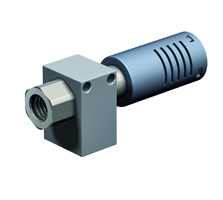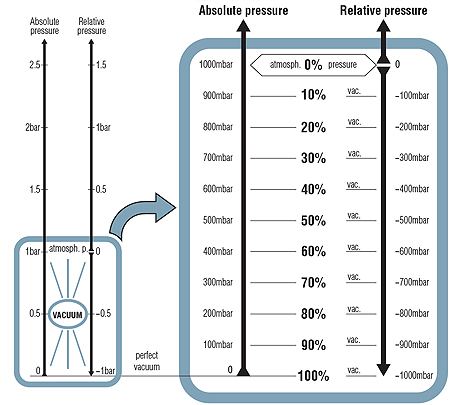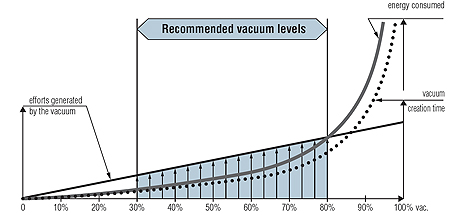Vakum Uygulamaları ve Ölçümler
Vacuum handling development
 An industrial vacuum applied to suction cups is an efficient method for handling objects and materials.
An industrial vacuum applied to suction cups is an efficient method for handling objects and materials.This technique was developed to meet industrial automation needs, with applications in parts assembly, finishing, testing, transfer, packaging, etc.
It is particularly designed for the automotive, wood and plastics industries, as well as all object transformation activities: food, electricals, furniture, etc.
Vacuum handling has become a key production technology, and this document will detail the rules, procedures and components involved
Need more advice ? Contact a COVAL expert
 Scientists use absolute pressure, with a scale that starts at the perfect vacuum, with atmospheric pressure measuring roughly 1 bar.
Scientists use absolute pressure, with a scale that starts at the perfect vacuum, with atmospheric pressure measuring roughly 1 bar. The handling system provides a level of effort that is proportional to the level of the vacuum that generates it (see curves opposite). For the most efficient operation, a maximum vacuum level is recommended.
The handling system provides a level of effort that is proportional to the level of the vacuum that generates it (see curves opposite). For the most efficient operation, a maximum vacuum level is recommended. 